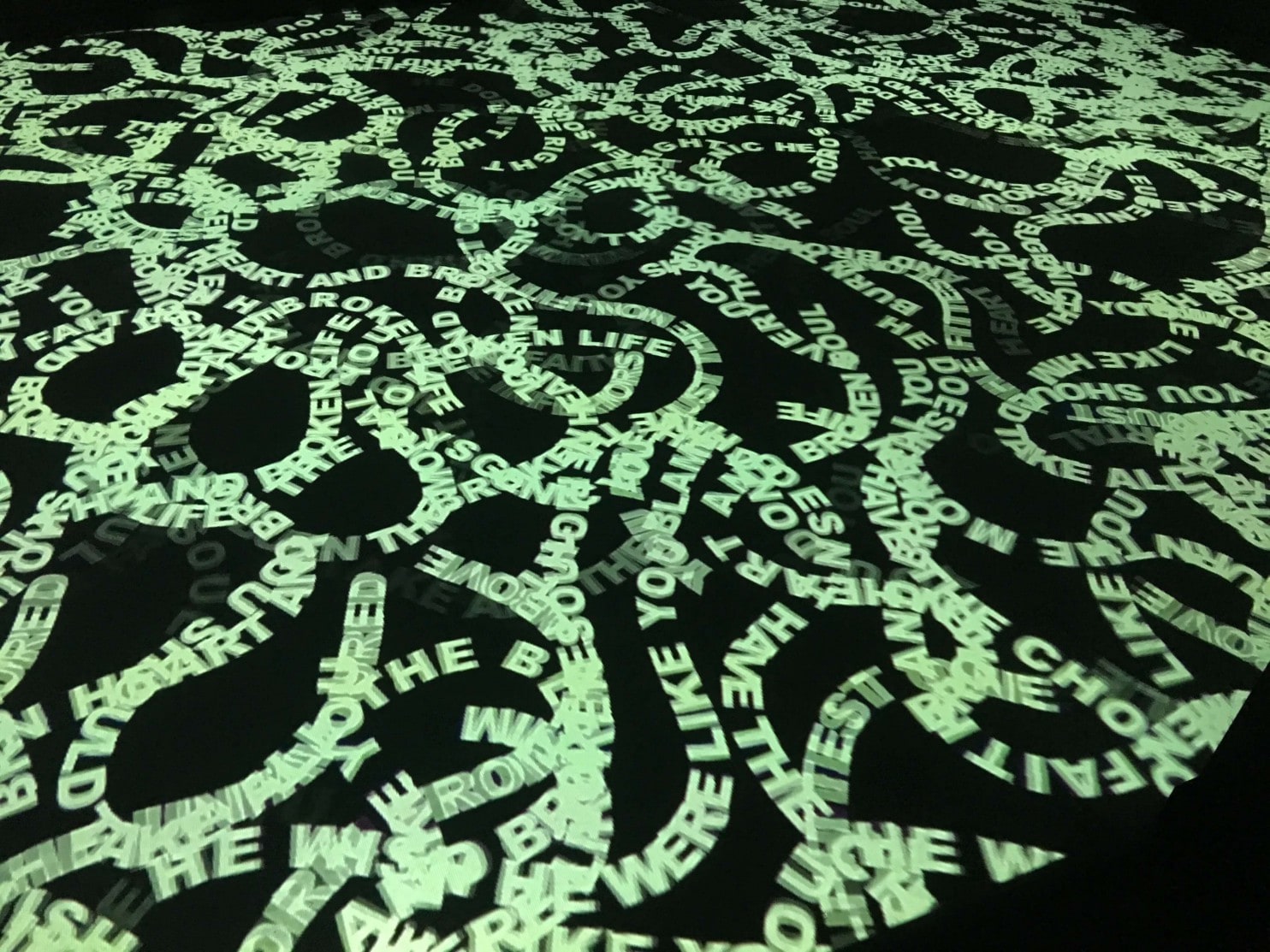Director: Agnès Varda
Cast: Agnès Varda, André Lubrano, Blaise Fournier
France, 110’, 2008, color
French with Turkish subtitles
Returning to the beaches which have been parts of her life, Agnès Varda invents a kind of self-portrait-documentary. Agnès stages herself among excerpts of her films, images and reportages. She shares with humor and emotion her beginnings as stage photographer, then early filmmaker of the French New Wave, her life with Jacques Demy, her feminism, her trips to Cuba, China and the USA, her life as independent producer and her family.
Trailer

Following the opening of his studio, “El Chark Societe Photographic,” on Beyoğlu’s Postacılar Caddesi in 1857, the Levantine-descent Pascal Sébah moves to yet another studio next to the Russian Embassy in 1860 with a Frenchman named A. Laroche, who, apart from having worked in Paris previously, is also quite familiar with photographic techniques.

Pera Museum, in collaboration with Istanbul Foundation for Culture and Arts (İKSV), is one of the main venues for this year’s 15th Istanbul Biennial from 16 September to 12 November 2017. Through the biennial, we will be sharing detailed information about the artists and the artworks.
Tuesday - Saturday 10:00 - 19:00
Friday 10:00 - 22:00
Sunday 12:00 - 18:00
The museum is closed on Mondays.
On Wednesdays, the students can
visit the museum free of admission.
Full ticket: 300 TL
Discounted: 150 TL
Groups: 200 TL (minimum 10 people)